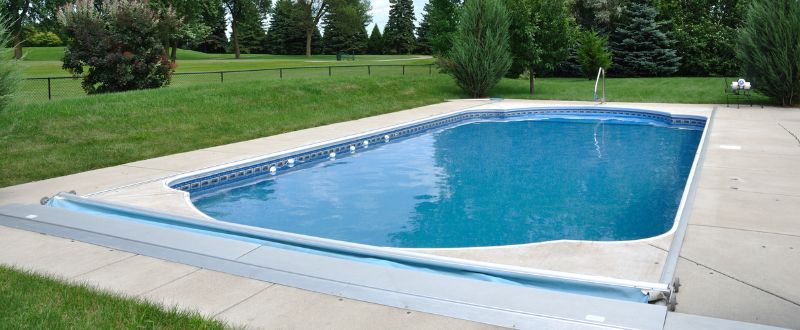When you own a swimming pool, you can dive into refreshing waters at your convenience, host fun pool parties, and even improve your fitness levels with invigorating swim workouts. However, a common and challenging issue many pool owners face is sinking concrete, which can compromise the pool’s structural integrity and safety.
If you notice uneven water levels, cracks in the pool deck or shell, or water seeping into the surrounding yard, you want fast repairs to prevent the problem from worsening. Discover three ways to repair your sinking inground pool to keep your pool a safe and enjoyable home feature.
1. Concrete Underpinning
Concrete underpinning entails installing a series of helical piers and anchors to provide additional support and stability to the pool structure. Soil under the pool may move vertically, causing the concrete to settle. Helical piers prevent further vertical settling.
Additionally, soil on slopes can move laterally. In this case, a repair technician can use helical tiebacks or anchors to prevent further lateral movement. In most cases with this repair method, the technician will apply both helical piers and anchors to prevent more sinking.
2. Polyurethane Foam Soil Stabilization and Void Filling
If soil compaction or erosion is causing the problem, one of the best ways to repair your sinking inground pool is polyurethane foam injection. This pool deck lifting process involves injecting expanding foam into the ground to stabilize the soil and provide a solid foundation for the pool. Void fill can also prevent further sinking by filling any spaces beneath the pool.
URETEK polyurethane foam resists underground water erosion thanks to its hydrophobic properties. It’s a long-lasting solution that improves the load-bearing capacity of the soil to make the concrete more level.
3. Concrete Replacement
When the damage to the pool structure is too severe for other repair methods, concrete replacement may be the best course of action. This method involves removing the affected sections of the pool and pouring new concrete in its place. The process requires an extensive preparation stage to avoid damage to surrounding structures. After pouring, the concrete requires several weeks to cure.
The significant time, resources, and disruption necessary make full replacement an intensive process. Homeowners and property managers should consider this option only if the pool structure is significantly damaged and other repair methods have failed.
From concrete underpinning and polyurethane foam soil stabilization to complete concrete replacement, these methods can restore the stability and usability of a pool. Always consider the extent of the damage, the surrounding environment, and professional advice when choosing the most effective repair method for your pool.
Benefits of URETEK Concrete Repair
Choose URETEK for a definitive solution to your pool deck problems. Our innovative polyurethane foam rectifies soil compaction and erosion. On top of these benefits, the URETEK method of concrete repair does not require heavy machinery, making it minimally disruptive. Contact URETEK to get your structural pool issues fixed as soon as possible.

